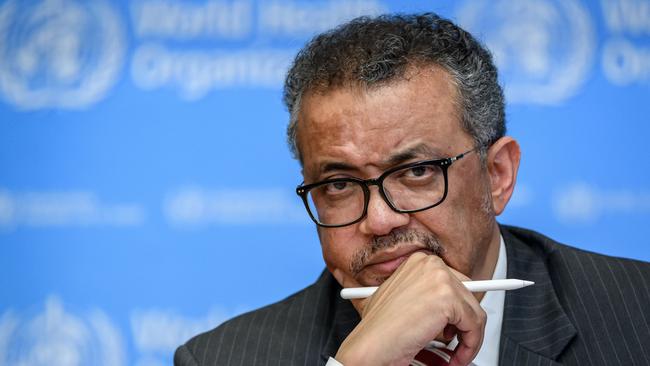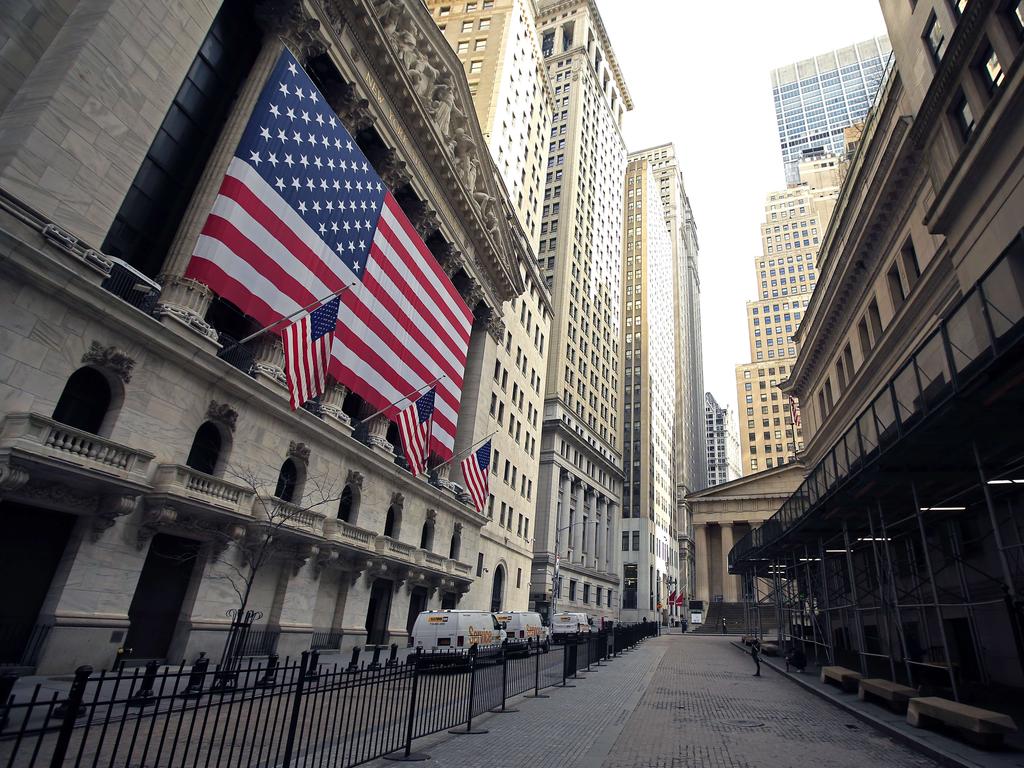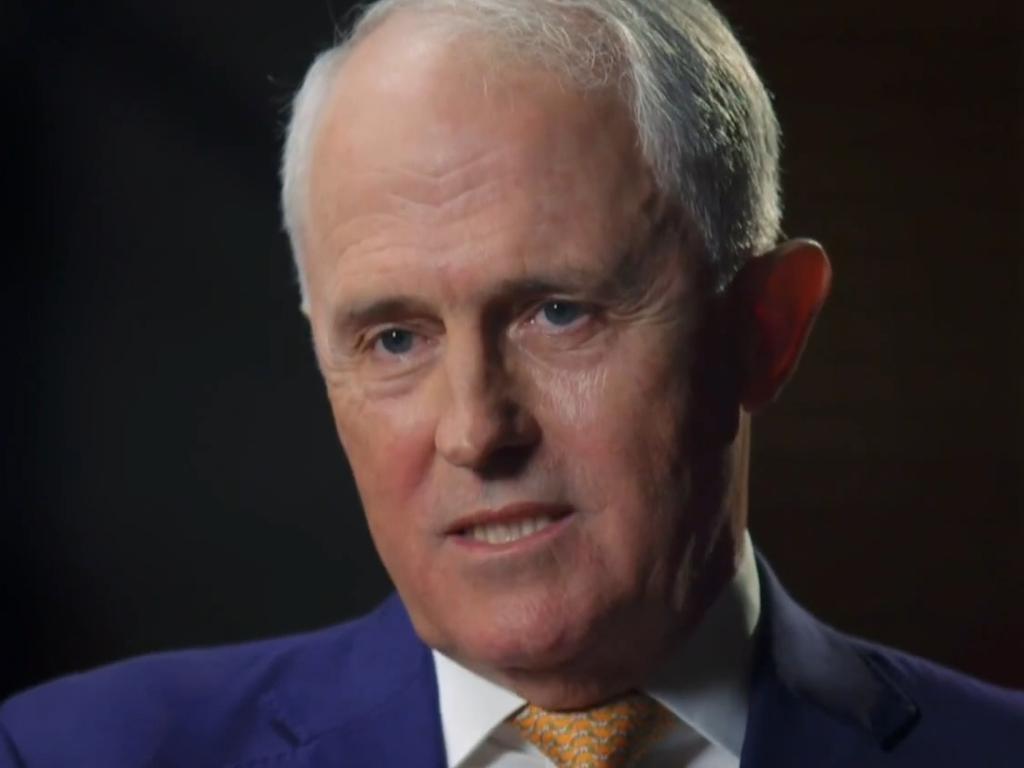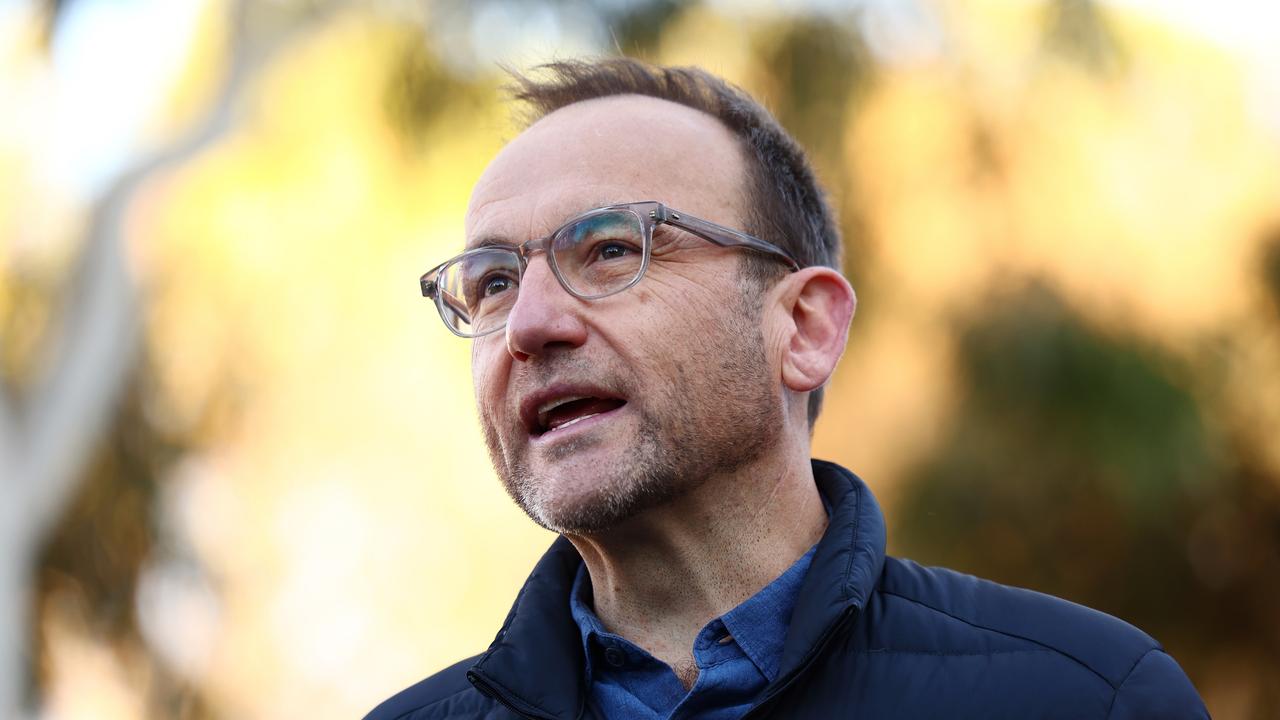Coronavirus: Official WHO pandemic advice makes a mockery of our restrictions
Stockholm syndrome appears to be more common outside Sweden than in it.

The piecemeal scaling back of restrictions by state governments might give the impression some careful assessment of their costs and benefits was informing decisions. There appears to be none.
In October last year the World Health Organisation issued advice to governments on using “non-pharmaceutical interventions” — such as social distancing, workplace and school closures and travel restrictions — in “future influenza pandemics … based on the latest scientific literature”.
Hand hygiene and “respiratory etiquette” were recommended at all times. Yet there was precious little evidence for any of the other vast array of interventions governments have enacted.
“We found that there is a limited evidence base on the effectiveness of non-pharmaceutical community mitigation measures,” the WHO concluded, in a document surprisingly dismissive of policies that, a few months later, were embraced enthusiastically around the world.
Evidence for the effectiveness of workplace and school closures, in particular, was “very low” and they were ethically problematic given the imposition on parents and a significant fall in “the economy and productivity of a society”, the WHO argued.
The carefully footnoted 200-plus-page report, which looked at hundreds of academic studies across recent decades, was even disdainful of travel restrictions.
“There is no evidence on the effectiveness of travel advice and … border closures may be considered only by small island nations in severe pandemics and epidemics but must be weighed against potentially serious economic consequences,” it said.
“Entry and exit screening for infection in travellers is not recommended because of the lack of sensitivity of these measures in identifying infected but asymptomatic travellers,” it added.
The analysis was aware of the possible benefits of such measures, but equally concerned about their economic and social costs.
There was nothing on the benefits of restricting groups to two or 10 people, let alone banning professional sport or outlawing golf, presumably because they would have been considered absurd.
And “contact tracing” — up there with infrastructure and reform as the great buzzwords of public life — has “zero” evidence for it. “Active contact tracing is not recommended in general because there is no obvious rationale for it,” the WHO said.
Don’t tell that to the two million-plus users of the government’s new COVIDSafe app.
Our excellent performance in keeping COVID-19 at bay has blinded some to the lack of evidence for stage-three lockdown restrictions. Even the differences among our own states, let alone countries, show how the tougher measures introduced in Victoria and NSW might not have been worth the massive disruption, the effects of which will last years.
In New Zealand they didn’t let people outside for more than an hour a day and basically shut all businesses, but it has had more deaths per capita than Australia, and with no Ruby Princess.
Prime Minister Jacinda Ardern declared victory this week as her government wound back restrictions to something more akin to Victoria’s. Even if parts of the devastated economy quickly recover, it’s not clear tourism will, which last year was the country’s biggest export earner at 20 per cent of foreign exchange earnings. If everyone has to quarantine for two weeks on arrival in New Zealand, not many will visit. It could be a Pyrrhic victory.
Sweden meanwhile, the bete noir of the global lockdown movement, is experiencing the same number of new infections each day as it was a month ago, making a mockery of forecasts of disaster if it didn’t put its people under house arrest for weeks.
It’s too early to make a definitive assessment of which interventions appear most effective in combating COVID-19. But a casual look at the performance of different countries and Australian states seems to bear out what the WHO concluded last year.
The human desire for ritual, and our laudable want to do the right thing, appear to underpin social distancing restrictions more than science. Stockholm syndrome appears to be more common outside Sweden than in it.








It’s as though premiers are spinning the Wheel of Coronavirus Restrictions to see which ones to ease first: in Brisbane, the needle landed on picnics; on Macquarie Street, it was visits to friends; in Western Australia, 10 people can now attend weddings and funerals. Victorian Premier Dan Andrews hasn’t spun the wheel yet. Perhaps it will land on golf or reading books in the park.